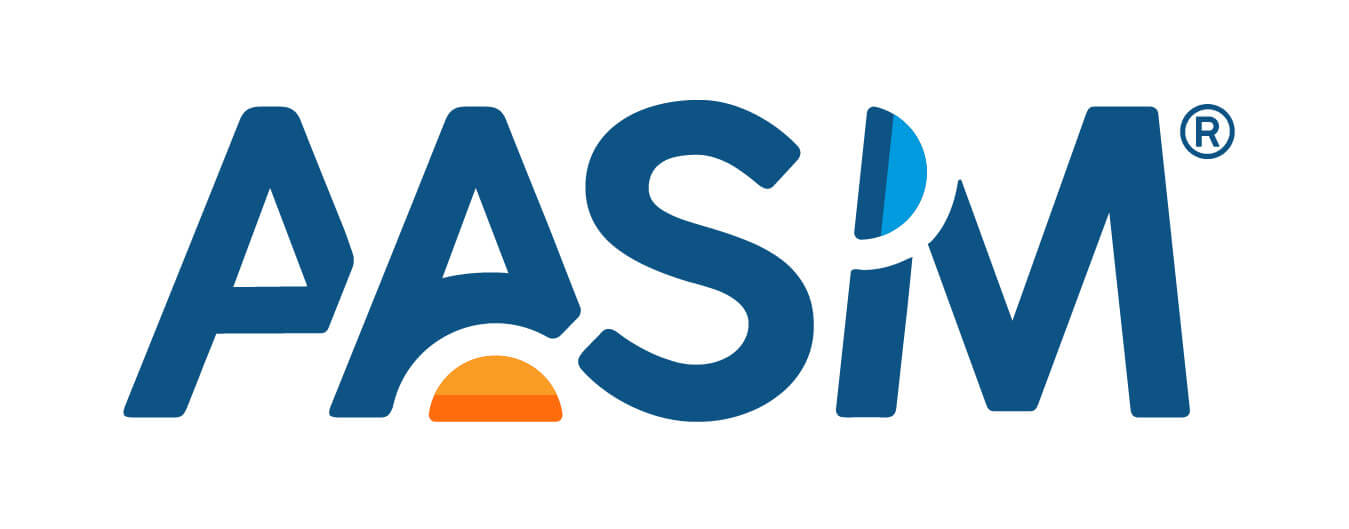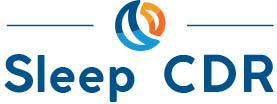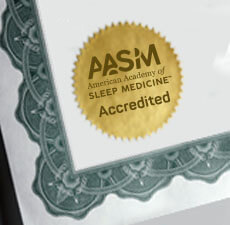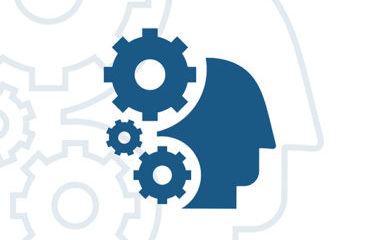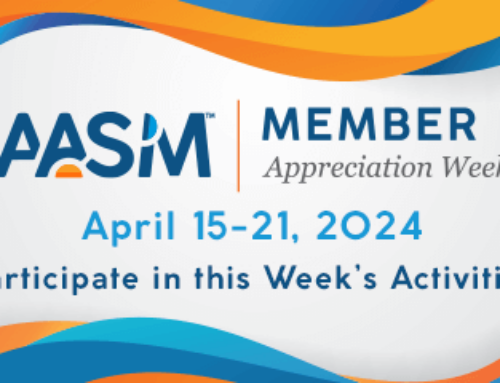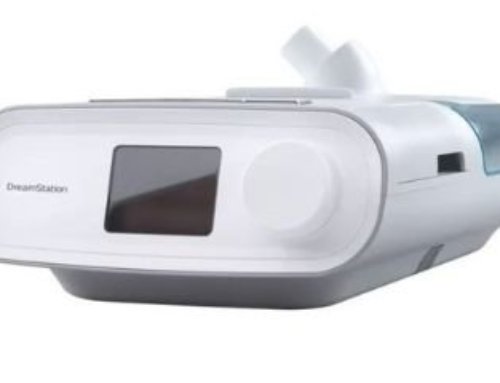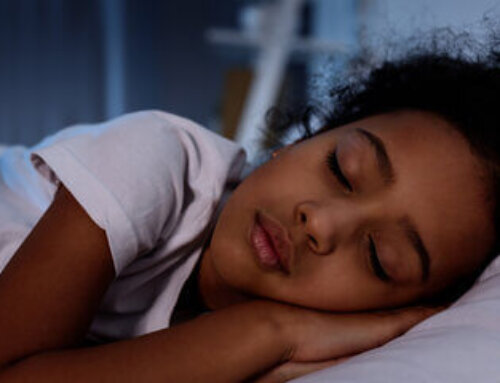The American Academy of Sleep Medicine is now accepting case submissions for the new Case Book of Sleep Medicine, a learning companion for the ICSD-3. Don’t miss this unique opportunity to educate others about sleep medicine by sharing your clinical case with sleep medicine professionals. The submission deadline is Monday, Jan. 15, 2018.
The Case Book mimics the ICSD-3 structure, with cases that demonstrate the classifications of each sleep disorder. Each case study requires the following sections:
- History
- Physical Examination
- Differential Diagnosis
- Polysomnographic Testing or HST
- Additional Tests
- Final Diagnosis
- Discussion of Treatment Plan
- Outcome of Case
- Teaching Points
- References
Individuals interested in submitting a case study should send the completed Case Submission Template, along with a Copyright Assignment Form, to celliott@aasm.org. If your case is chosen, you will have the unique opportunity to work with the editor of the Case Book of Sleep Medicine to refine and publish your case. Please note submission of a case does not guarantee acceptance.
We are seeking both Pediatric and Adult cases for the following specific disorders within the ICSD-3:
- Insomnia
- Short-Term Insomnia Disorder
- Isolated Symptoms and Normal Variants
- Excessive Time in Bed
- Short Sleeper
- Sleep Related Breathing Disorders
- Obstructive Sleep Apnea Disorders
- Obstructive Sleep Apnea, Pediatric
- Central Sleep Apnea Syndromes
- Central Sleep Apnea Due to High Altitude Periodic Breathing
- Central Sleep Apnea Due to Medication or Substance
- Primary Central Sleep Apnea
- Primary Central Sleep Apnea of Infancy
- Primary Central Sleep Apnea of Prematurity
- Sleep Related Hypoventilation Disorders
- Obesity Hypoventilation Syndrome
- Late-onset Central Hypoventilation with Hypothalamic Dysfunction
- Idiopathic Central Alveolar Hypoventilation
- Sleep-related Hypoventilation Due to Medication or Substance
- Sleep-related Hypoxemia Disorder
- Sleep Related Hypoxemia
- Isolated Symptoms and Normal Variants
- Snoring
- Central Disorders of Hypersomnolence
- Hypersomnia Associated with a Medical Disorder
- Hypersomnia Due to a Medication or Substance
- Hypersomnia Associated with a Psychiatric Disorder
- Insufficient Sleep Syndrome
- Isolated Symptoms and Normal Variants
- Long Sleeper
- Circadian Rhythm Sleep-Wake Disorder
- Advanced Sleep-Wake Disorder
- Non-24-Hour Sleep-Wake Rhythm Disorder
- Shift Work Disorder
- Jet Lag Disorder
- Circadian Sleep-Wake Disorder Not Otherwise Specified (NOS)
- Parasomnias
- NREM Related Parasomnias
- Disorders of Arousal (From NREM Sleep)
- Confusional Arousals
- Sleepwalking
- Sleep Terrors
- Sleep Related Eating Disorder
- REM Related Parasomnias
- Recurrent Isolated Sleep Paralysis
- Nightmare Disorder
- Other Parasomnias
- Exploding Head Syndrome
- Sleep Related Hallucinations
- Sleep Enuresis
- Parasomnia due to a Medical Disorder
- Parasomnia Due to a Medication or Substance
- Parasomnia, Unspecified
- Isolated Symptoms and Normal Variants
- Sleep Talking
- Sleep Related Movement Disorders
- Periodic Limb Movement Disorders
- Sleep Related Leg Cramps
- Sleep Related Rhythmic Movement Disorder
- Benign Sleep Myoclonus of Infancy
- Propriospinal Myoclonus at Sleep Onset
- Sleep Related Movement Disorders Due to a Medical Disorder
- Sleep Related Movement Disorders Due to a Medication or Substance
- Sleep Related Movement Disorder, Unspecified
- Isolated Symptoms and Normal Variants
- Excessive Fragmentary Myoclonus
- Hypnagogic Foot Tremor and Alternating Leg Muscle Activation
- Sleep Starts (Hypnic Jerks)
Appendix
Sleep Related Medical and Neurological Disorders
Fatal Familial Insomnia
Sleep Related Laryngospasm
Sleep Related Gastroesophageal Reflux
Sleep Related Myocardial Ischemia
Images Accompanying Cases (including PSG or HST)
All image files should be submitted as TIF, EPS, or PDF. Minimum resolution required is 300 dpi. Any vector graphics submitted must have all images embedded and all fonts converted to outlines. The Case Book will be printed in black and white, so be sure that images submitted will not lose critical data if converted from color to black and white.
Internal Classification of Sleep Disorders – Third Edition (ICSD-3)
The International Classification of Sleep Disorders – Third Edition (ICSD-3) is the authoritative clinical text for the diagnosis and treatment of sleep disorders. This is an essential reference for all clinicians who care for sleep disorders patients. In addition to nomenclature, classifications and diagnoses, the case book also features accurate diagnostic codes for the corresponding ICD-9 and ICD-10 diagnoses at the beginning of each diagnosis section of the ICSD-3.
